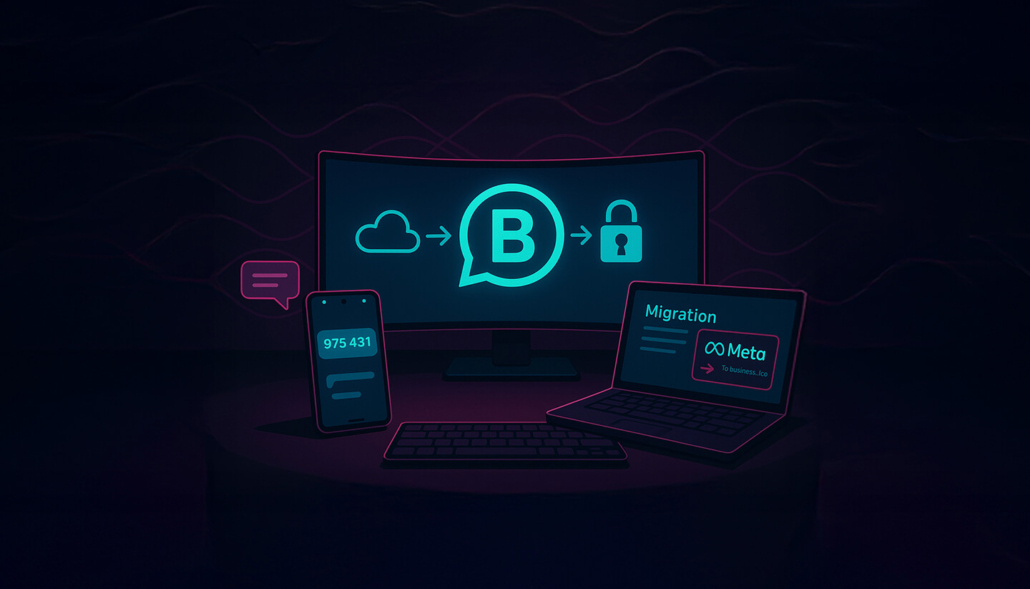The Conversation Advantage: Building Customer Relationships That Create Value Across Every Channel
Think about your closest relationships. They didn’t develop through a single interaction or even through one mode of communication. You probably met in person, exchanged texts, shared phone calls, maybe connected on social media, and built understanding through countless touchpoints across different contexts.
Customer relationships work the same way.
Yet most businesses still think in terms of isolated channels—email campaigns here, social media posts there, maybe a chatbot on the website. They’re having fragmented conversations with their customers instead of building genuine relationships. And that fragmentation is costing them dearly in terms of customer lifetime value and revenue.
The Single-Channel Trap
When you limit customer interactions to one primary channel, you’re essentially trying to build a relationship through a single window. Maybe you’re great at email marketing, so that becomes your primary customer communication tool. Or perhaps you’ve invested heavily in social media and that’s where you focus your attention.
But here’s what happens: customers experience your brand differently across different contexts. The person checking email during their morning coffee routine has different needs and attention spans than the same person browsing Instagram while waiting for an appointment. When you only speak to them in one context, you’re missing opportunities to deepen the relationship in others.
More importantly, you’re training customers to see you as a one-dimensional presence in their lives. You become “that company that sends good emails” or “that brand with funny social posts”—but you never become integral to their decision-making process.
The Power of Multichannel Presence
A multichannel approach changes the dynamic entirely. When customers encounter your brand across multiple touchpoints—email, social media, website chat, mobile app, even offline interactions—something interesting happens. Each channel reinforces the others, creating a compound effect that goes beyond simple message repetition.
Consider how this plays out in practice. A customer might first discover your brand through a social media post, then receive a personalized email sequence, later visit your website where they interact with a chatbot, and eventually make a purchase through your mobile app. Each touchpoint adds a layer of familiarity and trust.
But the real magic happens in the spaces between these interactions. When a customer sees your brand across multiple channels, they start to perceive you as more established, more reliable, and more invested in the relationship. You’re not just reaching out when you want to sell something—you’re consistently present in their digital environment.
Conversations That Build Bridges
This is where conversational commerce becomes the game-changer. While multichannel presence creates awareness and familiarity, conversational elements transform passive touchpoints into active relationship-building opportunities.
When a customer can ask questions, get immediate responses, and have genuine exchanges with your brand—whether through chatbots, live chat, messaging apps, or even voice interfaces—you’re no longer broadcasting at them. You’re talking with them.
These conversations serve multiple functions simultaneously. They solve immediate problems, yes, but they also gather preference data, reveal pain points, and create moments of genuine helpfulness that customers remember. More importantly, they establish your brand as responsive and accessible.
The beauty of conversation-driven touchpoints is that they can be deployed across all your channels. A chatbot on your website can use the same conversational intelligence that powers your Facebook Messenger responses. Customer service conversations can inform email personalization. Each conversation becomes data that improves every other interaction.
The Compound Effect on Lifetime Value
When you combine multichannel presence with conversational commerce, something powerful emerges: relationship depth that directly translates to increased customer lifetime value.
First, you dramatically increase customer retention. Customers who interact with your brand across multiple channels develop what psychologists call “relationship commitment”—they’ve invested time and attention in multiple contexts, making them less likely to switch to competitors.
Second, you boost purchase frequency. When customers can easily ask questions, get recommendations, and receive support across channels, the friction between intent and action decreases. They buy more often because it’s easier to buy.
Third, you increase average order value. Conversational commerce excels at understanding context and making relevant suggestions. A customer asking about one product can be guided toward complementary items or higher-value alternatives through natural dialogue rather than pushy sales tactics.
Perhaps most importantly, you turn customers into advocates. People who have positive conversational experiences with brands become natural evangelists. They share their experiences, refer friends, and provide testimonials—all forms of value that extend far beyond their personal purchasing behavior.
The Integration Imperative
The key insight here is that multichannel and conversational commerce aren’t separate strategies—they’re complementary approaches that amplify each other’s effectiveness.
Your email campaigns become more effective when they reference conversations customers had with your chatbot. Your social media engagement increases when followers know they can get real help through direct messages. Your website conversion rates improve when visitors can instantly clarify concerns through chat.
Each channel becomes a doorway to deeper engagement rather than a dead-end interaction.
For businesses ready to embrace this approach, the focus should be on creating seamless conversation experiences that span channels while maintaining context and continuity. Customers shouldn’t have to repeat themselves when moving from chat to email to phone support. Their preferences, history, and current needs should inform every interaction, regardless of the channel.
The technology to enable this kind of integrated, conversation-rich customer experience is finally mature enough to deliver on its promise. Businesses that embrace it now will build the kind of customer relationships that compound in value over time—turning one-time buyers into lifetime advocates and creating sustainable competitive advantages that are nearly impossible to replicate.




